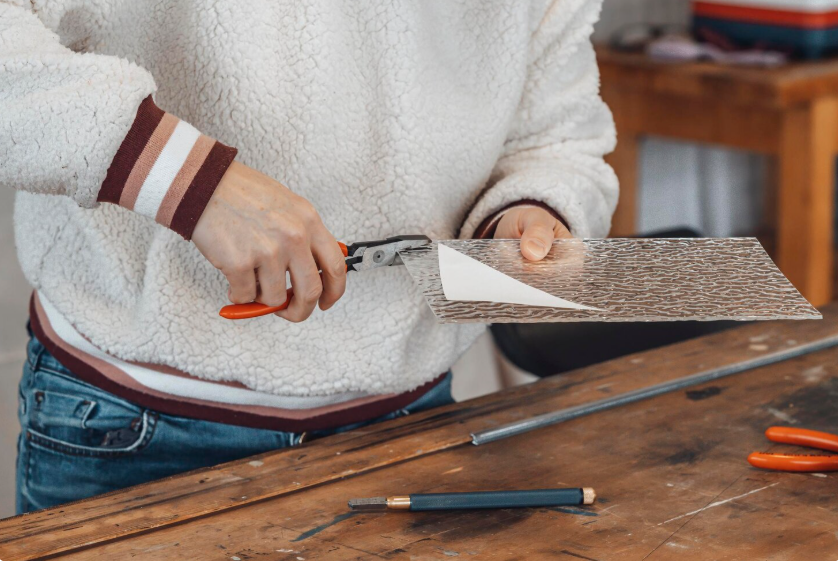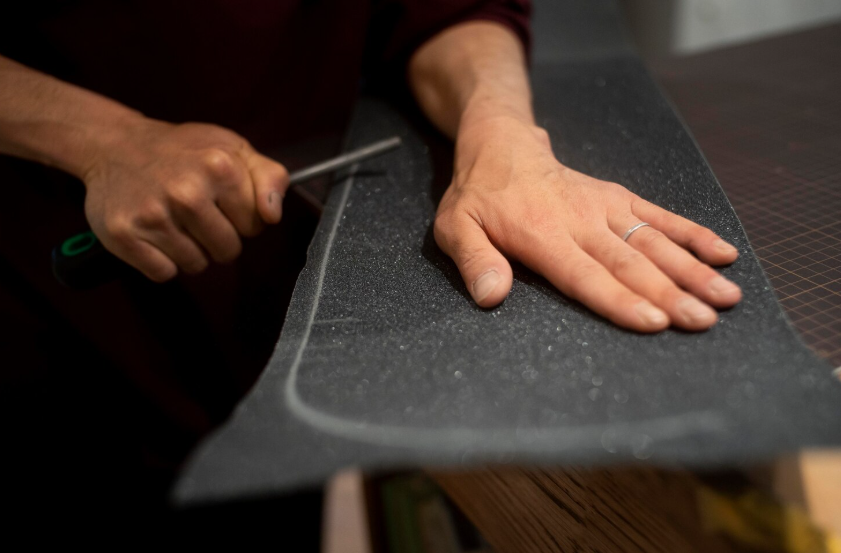Blog
Zuschneidfelle: A Complete Guide to Custom-Cut Climbing Skins

In alpine touring and ski mountaineering, efficiency and safety depend heavily on having the right equipment. Among the most critical pieces of gear for uphill travel is the climbing skin — a strip of fabric attached to the base of skis that provides grip for ascending slopes. Zuschneidfelle is the German term for “cut-to-fit climbing skins.” These are climbing skins that can be tailored exactly to the dimensions and shape of your skis, ensuring maximum surface coverage for traction and minimal wasted material. The concept has gained popularity among backcountry skiers because it allows a more personalized fit compared to pre-cut skins.
What Are Zuschneidfelle?
Zuschneidfelle refers specifically to climbing skins sold in a generic size that you cut to fit your own skis. Manufacturers typically provide these skins in lengths and widths designed to fit a broad range of skis, along with a cutting tool for trimming the edges. The end result is a perfectly matched skin that fits snugly edge-to-edge without interfering with the ski’s metal edges, which must remain exposed for grip on icy traverses. Because they are customizable, they can be adapted to skis of unusual dimensions, making them a versatile choice for skiers with custom or non-standard gear.
Why Zuschneidfelle Are Preferred by Many Skiers
One of the main advantages of zuschneidfelle is the precision they offer. Pre-cut skins are convenient but often leave too much base uncovered, which can reduce traction during ascents. Cut-to-fit skins allow the skier to optimize coverage, which not only enhances uphill performance but also improves energy efficiency. Additionally, purchasing zuschneidfelle can sometimes be more cost-effective, especially for skiers who own multiple ski pairs and want a universal starting length to customize as needed.
Materials Used in Zuschneidfelle
The performance of climbing skins is largely determined by their fabric composition. Most zuschneidfelle are made from one of three material types:
- Mohair: A natural fiber obtained from the Angora goat. Mohair skins glide exceptionally well, making them ideal for long approaches or rolling terrain. However, they may have slightly less grip than synthetic options.
- Synthetic (Nylon): Durable and highly grippy, nylon skins are great for steeper ascents and wet snow conditions, though they may sacrifice some glide efficiency.
- Mohair-Nylon Blend: Combining the best of both worlds, these blends balance glide, grip, and durability, making them the most common choice for all-around touring.
How to Select the Right Zuschneidfelle
Choosing the correct zuschneidfelle involves considering several factors:
- Ski Length and Width: Always select skins that are longer than your ski length so you can trim to fit. Width should be slightly greater than the widest part of your ski to ensure full edge coverage after trimming.
- Terrain Type: For steep, icy ascents, choose nylon or blended materials for better grip. For long, flat tours, mohair offers superior glide.
- Attachment System: Some skins use tip and tail clips, while others may only have tip attachments. Tip-and-tail systems are more secure for variable conditions.
The Cutting Process
Cutting zuschneidfelle requires care and patience. Most kits include a trimming tool, usually designed to cut a narrow strip along the ski edge while leaving the metal edge exposed. The process involves:
- Aligning the Skin: Place it on the ski with the glue side down, ensuring even tension.
- Cutting One Side: Trim along one ski edge.
- Repositioning for the Other Side: Shift the skin slightly so the trimmed edge aligns with the ski edge, then cut the second side.
- Shaping Tip and Tail: Use scissors or the provided cutting tool to match the ski’s shape precisely.
Glue and Adhesion
The glue used on the back of zuschneidfelle is a key factor in their performance. Good-quality skin glue must be sticky enough to hold securely in cold and wet conditions, yet release easily without leaving residue. Over time, glue can degrade, requiring re-gluing or replacement sheets. Some modern skins feature “glueless” adhesive systems using silicone-like materials for easier handling, though these are less common.
Maintenance of Zuschneidfelle
Proper maintenance extends the life of climbing skins. Always dry them after use, but avoid direct heat sources like radiators or open flames, which can damage fibers and glue. Store them in a cool, dry place, ideally with a skin saver mesh between the glue surfaces to prevent sticking. Periodically check for contamination — dirt, pine needles, and wax residue can reduce adhesion.
Common Mistakes to Avoid

Skiers new to zuschneidfelle often make avoidable errors, such as:
- Cutting Too Narrow: This reduces traction and defeats the purpose of custom fitting.
- Neglecting Edge Exposure: Fully covering the ski edges can cause loss of grip on icy traverses.
- Improper Storage: Folding skins glue-to-glue without mesh in warm conditions can fuse them together.
- Skipping Glue Care: Allowing glue to become dirty or dry significantly reduces holding power.
Environmental Considerations
Many manufacturers are now moving toward eco-friendly production methods for zuschneidfelle, such as using PFC-free water repellents and sustainable mohair sourcing. Environmentally conscious skiers may want to research brands that prioritize these practices to reduce their ecological footprint.
Leading Brands Offering Zuschneidfelle
Several reputable outdoor gear companies produce high-quality zuschneidfelle, including:
- Colltex: Known for lightweight mohair and blended skins with precise trimming tools.
- Pomoca: Offers some of the most advanced adhesive technologies and glide treatments.
- Black Diamond: Popular for durability and all-weather performance, especially in nylon blends.
- Kohla: Austrian brand with innovative attachment systems and eco-friendly coatings.
Cost and Value Considerations
While zuschneidfelle can cost anywhere from €120 to €200 depending on materials and brand, they often last several seasons if properly maintained. The customization process adds value by ensuring maximum performance and comfort during climbs. Over time, investing in high-quality zuschneidfelle may prove more economical than replacing poorly fitting pre-cut skins.
Conclusion
Zuschneidfelle represent the ideal balance of customization, performance, and adaptability for backcountry skiers. They allow precise fitment, optimal surface coverage, and the ability to choose materials suited to your specific terrain and touring style. With proper cutting, maintenance, and care, zuschneidfelle can significantly enhance both the safety and enjoyment of alpine touring adventures.
-

 Tech1 year ago
Tech1 year agoHow to Use a Temporary Number for WhatsApp
-

 Business2 years ago
Business2 years agoSepatuindonesia.com | Best Online Store in Indonesia
-

 Social Media1 year ago
Social Media1 year agoThe Best Methods to Download TikTok Videos Using SnapTik
-

 Technology1 year ago
Technology1 year agoTop High Paying Affiliate Programs
-

 Tech10 months ago
Tech10 months agoUnderstanding thejavasea.me Leaks Aio-TLP: A Comprehensive Guide
-

 FOOD12 months ago
FOOD12 months agoHow to Identify Pure Desi Ghee? Ultimate Guidelines for Purchasing Authentic Ghee Online
-

 Instagram3 years ago
Instagram3 years agoFree Instagram Auto Follower Without Login
-

 Instagram3 years ago
Instagram3 years agoFree Instagram Follower Without Login



















